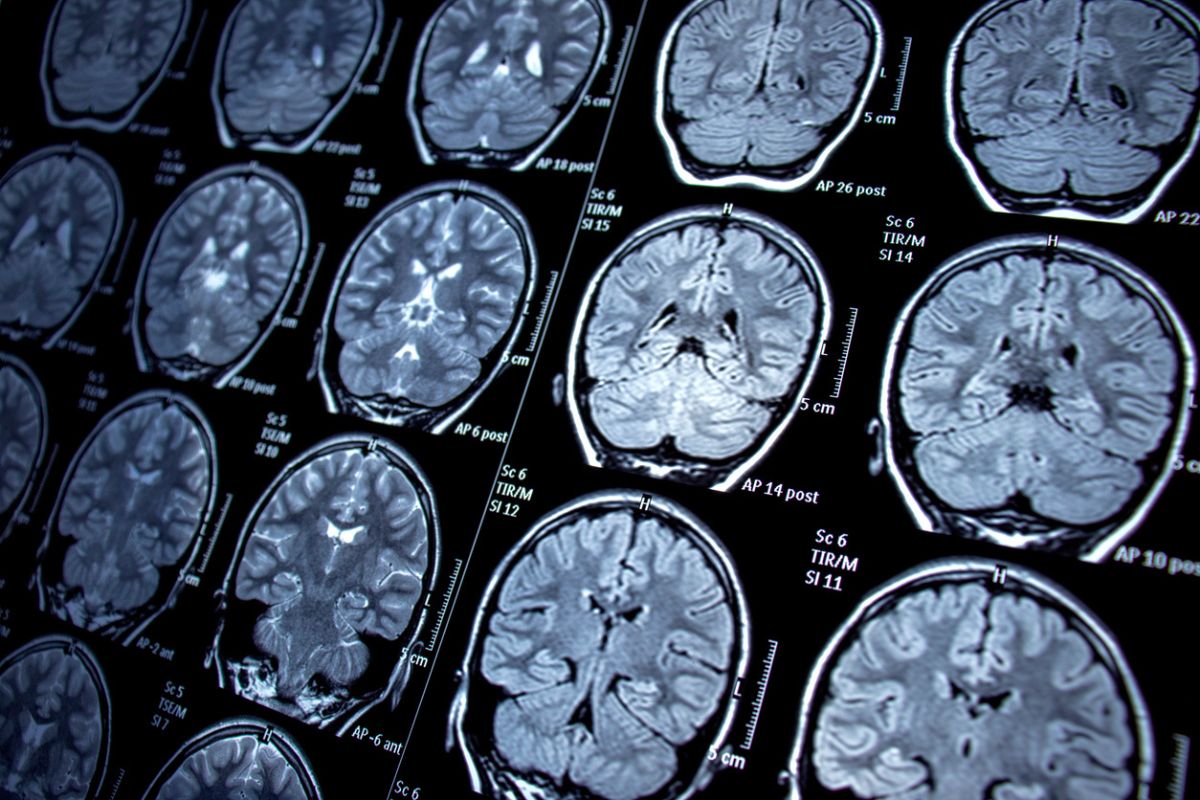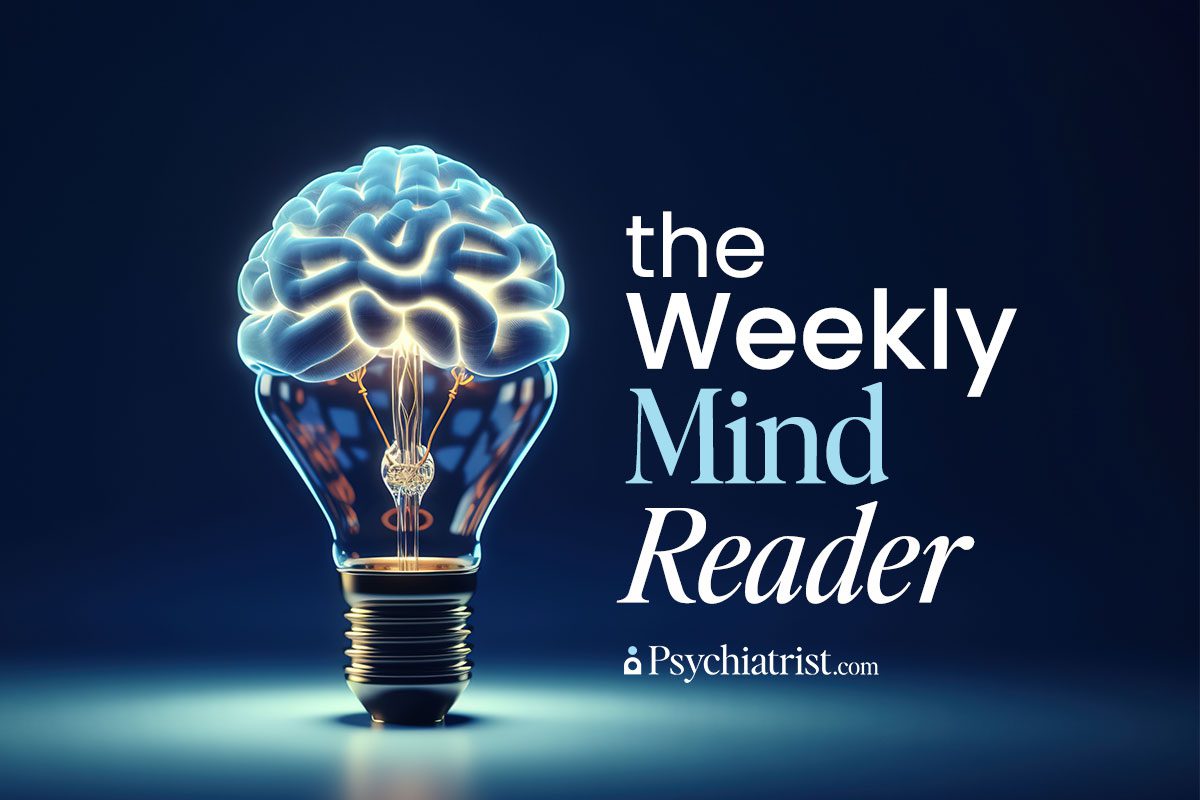With an estimated 6.7 million Americans age 65 and older living with Alzheimer’s disease, it’s no surprise that it remains such a hot area of research. Three recent studies offer novel approaches to understanding this neurodegenerative condition:
- The influence of both “good” and “bad” cholesterol levels
- The protein ABCA7’s role in cholesterol production and inflammation
- Nighttime hot flashes as an early warning sign
Surprising Role of “Good” and “Bad” Cholesterol
A study published in Neurology, the American Academy of Neurology’s medical journal, revealed that both high and low levels of “good” cholesterol (HDL-C) could slightly raise the risk of dementia in seniors.
Boston University researchers analyzed the health records of 184,367 participants enrolled in the Kaiser Permanente Northern California health plan who were over the age of 55. These participants, with no prior dementia history, filled out health behavior questionnaires between 2002 and 2007, and had their measured cholesterol levels within two years of completing the survey. The study then tracked these individuals until December 2020 to monitor dementia occurrence.
Brain Atrophy, Cognitive Decline, and First-Episode Psychosis
Long-Term Use of Some Acid Reflux Drugs Linked to 33% Higher Dementia Risk
How to Use Percentiles to Better Understand Standardized Mean Difference
Some intriguing patterns emerged. Both low and high levels of HDL cholesterol increased the risk of developing Alzheimer’s Disease Related Dementia (ADRD) compared to mid-range levels. Specifically, the risk was 1.07 times higher for those with the lowest HDL levels and 1.15 times higher for those with the highest levels.
Surprisingly, the study found no significant link between “bad” cholesterol (LDL-C) and dementia risk. However, statin medications did make a difference. Among statin users, higher LDL levels slightly increased the risk of ADRD. In contrast, those not using statins had a lower ADRD risk with higher LDL levels. Age influenced the relationship with HDL, but not with LDL.
The findings paint a complex picture of how cholesterol levels affect dementia risk, suggesting that both low and high HDL levels can be problematic. The role of LDL appears more nuanced, particularly when considering statin use.
A Protein That Could Help Defeat Alzheimer’s Disease
Researchers at the Lewis Katz School of Medicine at Temple University approached the relationship between cholesterol and Alzheimer’s risk by looking at a protein called ABCA7 that helps transport molecules across cell membranes. The protein plays a role in two key factors linked to Alzheimer’s: cholesterol metabolism and inflammation.
Using human neural cell lines, the scientists investigated how ABCA7 expression changes under different conditions. They found that when cholesterol levels were reduced by 50-76 percent in specific types of cells, such as C20 microglia and A172 astrocytes, ABCA7 expression decreased by 40 percent and 21 percent respectively.
However, this depletion had no effect on ABCA7 in another type of cell, SK-N-SH neurons. This suggests that the protein behaves differently in various types of cells. Microglia and astrocytes, which did show changes in ABCA7 expression with cholesterol depletion, are involved in the immune response and support functions in the brain. Neurons like SK-N-SH, on the other hand, are the primary signaling cells responsible for transmitting information.
In the context of Alzheimer’s disease, this could mean that ABCA7 has a more significant job in the cells involved in immune response and support rather than in the neurons themselves. The protein’s selective behavior could help researchers understand the specific pathways and mechanisms through which it influences Alzheimer’s risk.
They also found that substances like IL-1 and TNF, which are involved in inflammation, reduced ABCA7 expression in certain microglia cells. The finding is significant because microglia are the brain’s primary immune cells and contribute to the inflammatory responses often seen in Alzheimer’s. The specific reduction of ABCA7 by these compounds could indicate that the protein has a specialized purpose in the brain’s immune response related to Alzheimer’s, making it a potential target for future therapies.
Hot Flashes Could Be An Early Sign of Alzheimer’s
Previous studies have already connected hot flashes, one of menopause’s most bothersome symptoms, to impaired memory and shifts in brain function and structure. New findings, presented at last month’s Menopause Society Annual Meeting in Philadelphia, refined this theory by suggesting that flushes are riskiest when they occur during sleep.
To objectively gauge hot flashes in 248 late-perimenopausal or postmenopausal women, University of Pittsburgh researchers employed ambulatory skin conductance monitoring. All subjects had an intact uterus and at least one functioning ovary.
The women who experienced more frequent nighttime hot flash episodes had a greater likelihood of neurocognitive deterioration. Sleep-related vasomotor symptoms significantly reduced the amyloid beta 42/40 ratio in blood plasma, signaling more of the amyloid plaque that is often linked to Alzheimer’s dementia. These conclusions held even after accounting for variables like estradiol levels and sleep characteristics.
The outcome suggests that women with frequent nighttime hot flashes could be prime candidates for Alzheimer’s risk reduction strategies. Considering that two-thirds of Alzheimer’s patients are women, these insights could pave the way for gender-specific early interventions to slow cognitive decline.



